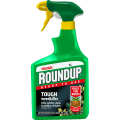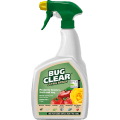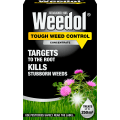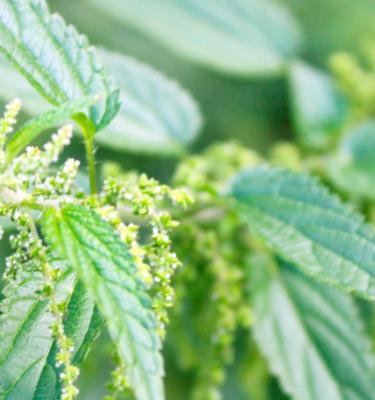

Stinging nettles
What are stinging nettles?
Stinging nettles are often seen in abandoned ground and neglected areas of a garden. They form clumps of upright stems with leaves covered in tiny hairs that cause painful stings when they come into contact with skin.
Perennial stinging nettles (Urtica dioica) spread mainly by creeping stems that spread across the surface of the soil, rooting and producing new plants.
Annual stinging nettles (Urtica urens), do not have strong root systems, but spread through seed, which they produce in large amounts in summer.
Although stinging nettles are generally treated as weeds in the garden, they do have some benefits:
- They are a food source for the larvae of several butterflies, including Red Admirals, Peacocks and Tortoiseshells.
- They attract aphids, which in turn attract ladybirds to the garden.
- Nettle tea, made by steeping crushed nettle leaves and stems in a bucket of water for several weeks, makes a good natural high-nitrogen plant feed.
In gardens with enough space, it is worth leaving a small area of stinging nettles to grow in an unused corner, provided they are kept under control.
What do stinging nettles look like?
Stinging nettles have green leaves with serrated edges. Both stems and leaves are covered in tiny hairs. Perennial nettles can grow to around 1.2m (4ft) tall. Annual nettles are shorter than perennial nettles, with more deeply serrated leaves. Both annual and perennial nettles produce small greenish-white flowers in summer.
Avoid confusing stinging nettles with deadnettles (Lamium). Deadnettles have serrated leaves, similar to stinging nettles but with a smoother appearance as they are not covered in hairs. They form low, spreading clumps and have colourful white, pink or red flowers in summer. Deadnettles do not sting when touched.
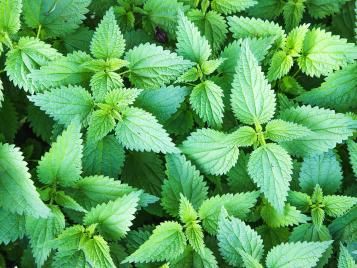
Stinging nettle damage
Stinging nettles compete with other plants for water and nutrients. They form large clumps and can quickly spread and take over neglected areas.
Controlling nettles
So, how to get rid of stinging nettles? These are your main options…
How to get rid of nettles naturally
- To avoid stings when tackling nettles, wear gloves, long sleeves and trousers.
- To get rid of stinging nettles, cut them down in early summer before they start to flower and use a garden fork to dig up the roots of the plants.
- Hoe beds regularly to kill stinging nettle seedlings, or dig up individual seedlings with a hand fork.
- To remove stinging nettles in lawns, mow regularly.
- Chopped nettle stems and leaves can be added to compost heaps and will help to speed up the decomposition process. Do not add nettle roots to home compost heaps, as they may re-root and start to grow.
How to kill nettles with weedkiller
- For areas that are too heavily overgrown with stinging nettles to be tackled by hand, spray with a systemic weedkiller containing glyphosate, such as Roundup Ultra. Glyphosate is a non-selective systemic weedkiller that will kill any plant it touches, so protect nearby plants with plastic sheeting before spraying.
- Spray nettles in early summer before they flower, and again in September if needed.
- In the following spring, dig up any surviving nettles by the roots.
Killing stinging nettles with salt – does it work?
- It is not a good idea to use salt to kill nettles or any other weeds. Although salt may well kill the weeds, it will also kill everything else planted in that soil and make the soil unusable for several years.
How to prevent nettles?
Apply a thick layer of organic mulch (for example compost or bark) to beds annually. This helps to suppress nettles by blocking light from the seeds. It also improves soil structure, making it easier to pull out weeds.

